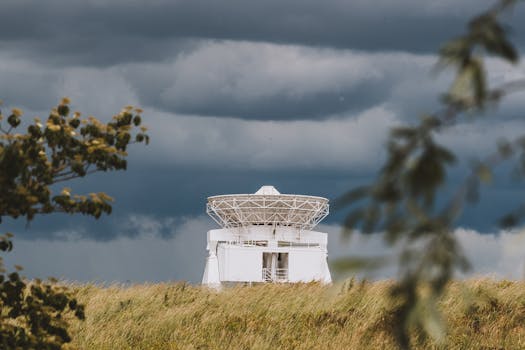
GEO Satellites: Revolutionizing Global Communication and Navigation
GEO satellites, or Geostationary Earth Orbit satellites, are a type of satellite that orbits the Earth at an altitude of approximately 36,000 kilometers, remaining stationary relative to a fixed point on the planet. This unique position allows GEO satellites to provide a wide range of services, including television broadcasting, telecommunications, and weather forecasting, to a specific region on the Earth’s surface.
History of GEO Satellites
The concept of GEO satellites was first proposed by science fiction writer Arthur C. Clarke in 1945. However, it wasn’t until the 1960s that the first GEO satellite, Syncom 2, was launched by NASA. Since then, hundreds of GEO satellites have been launched, with many more planned for the future. Today, GEO satellites play a vital role in global communication and navigation, providing services such as television broadcasting, telecommunications, and weather forecasting to millions of people around the world.
How GEO Satellites Work
GEO satellites work by transmitting and receiving signals to and from Earth-based stations. The satellite’s antenna receives signals from the Earth station and transmits them back to the Earth, allowing for communication between two distant points. The satellite’s orbit is synchronized with the Earth’s rotation, allowing it to remain stationary relative to a fixed point on the planet. This allows the satellite to provide continuous coverage to a specific region, making it ideal for services such as television broadcasting and telecommunications.
Applications of GEO Satellites
GEO satellites have a wide range of applications, including television broadcasting, telecommunications, weather forecasting, and navigation. They are also used for scientific research, such as studying the Earth’s climate and monitoring natural disasters. Additionally, GEO satellites are used for military communications and surveillance, providing critical support for military operations around the world.
Future of GEO Satellites
The future of GEO satellites looks bright, with many new technologies and innovations being developed to improve their performance and capabilities. One of the most significant advancements is the development of high-throughput satellites, which can provide faster data transfer rates and more efficient use of bandwidth. Additionally, the use of advanced materials and propulsion systems is being explored, which could lead to more efficient and cost-effective satellite design and launch.



